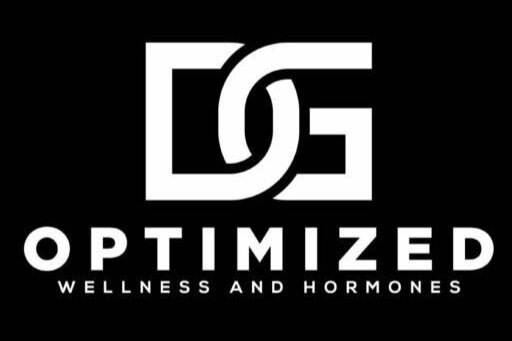Demystifying the Misconceptions of High Dose Thyroid Therapy
Introduction
High Dose Thyroid (HDT) therapy was long used as a pivotal treatment in managing bipolar disorders, as endorsed by major treatment guidelines. There is a ton of literature supporting it's use in this regard and before many of the SSRIs it was a go-to treatment for depression and bipolar disorder alike. Given the metabolic benefits, mood stabilization, and improved energy levels we also suggest adding this to the arsenal of hormones needing replenishment as we age and live life. Despite its clinical significance, HDT's utilization is often hindered by concerns about cardiovascular risks, commonly associated with hyperthyroidism. This blog post aims to dispel these misconceptions by delineating the differences between HDT treatment and inherent hyperthyroid conditions.
HDT in Bipolar Treatment: An Overview
HDT involves the administration of thyroid hormones at doses higher than typically used for standard thyroid replacement therapy. It has shown promise in stabilizing mood swings and managing depressive episodes in bipolar patients. Its inclusion in treatment regimens highlights its therapeutic potential, offering an alternative for patients who may not respond well to other psychiatric medications.
Hyperthyroidism vs. HDT: Understanding the Difference
Hyperthyroidism, a condition characterized by excessive thyroid hormone production, is often conflated with HDT. However, these two are fundamentally different. Hyperthyroidism results from an overactive thyroid gland, often due to autoimmune disorders, leading to a plethora of systemic symptoms. In contrast, HDT is a controlled therapeutic approach, lacking the autoimmune complications seen in hyperthyroidism.
Cardiovascular Risks: Separating HDT from Hyperthyroidism
While hyperthyroidism poses a significant cardiovascular risk, including a 20% increase in premature death rates, such evidence is not paralleled in HDT treatment. Literature reviews and case studies indicate that cardiovascular risks associated with HDT are minimal. The infrequent reports of atrial fibrillation (afib) in HDT patients could be attributed to factors other than HDT itself, necessitating a careful examination of each case.
Safety and Monitoring in HDT Therapy
Regular monitoring for potential cardiovascular effects, like afib, is crucial in HDT therapy, ensuring patient safety. Comparatively, HDT's safety profile is on par with, if not safer than, many psychiatric medications currently in use. This makes HDT a viable and effective treatment option, especially for patients who tolerate it well. Given that people can be functionally hypothyroid, we believe in the importance of bringing up these levels to tackle those symptoms.
Kelly, T. Journal of Affective Disorders 177 (2015) 49–58
Conclusion
HDT emerges as a low-risk, effective treatment option for bipolar disorders, challenging the misplaced apprehensions surrounding its cardiovascular impact. By differentiating it from hyperthyroidism and emphasizing its unique therapeutic role, we can better appreciate its value in psychiatric care. Jason & Rita...aka Dr. De Leon and Dr. Gillespie.
